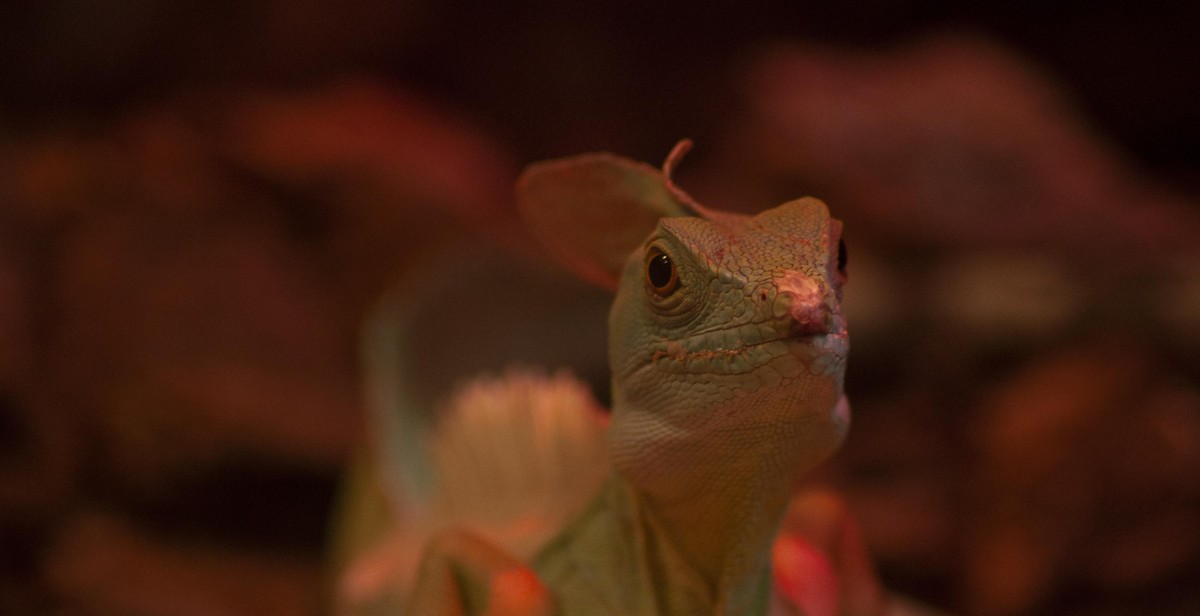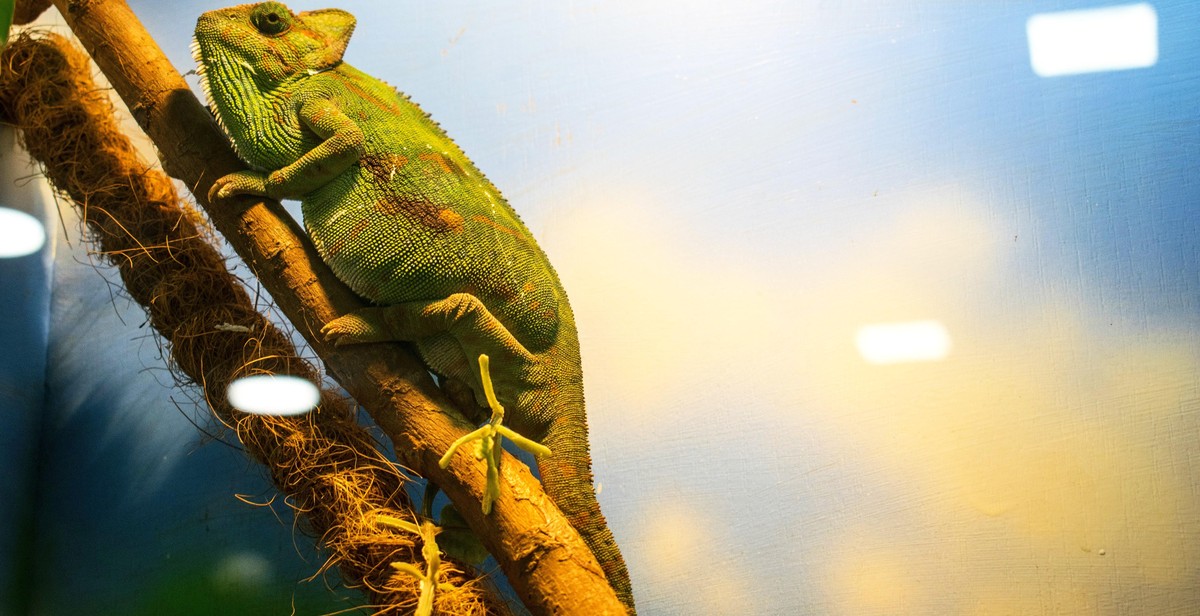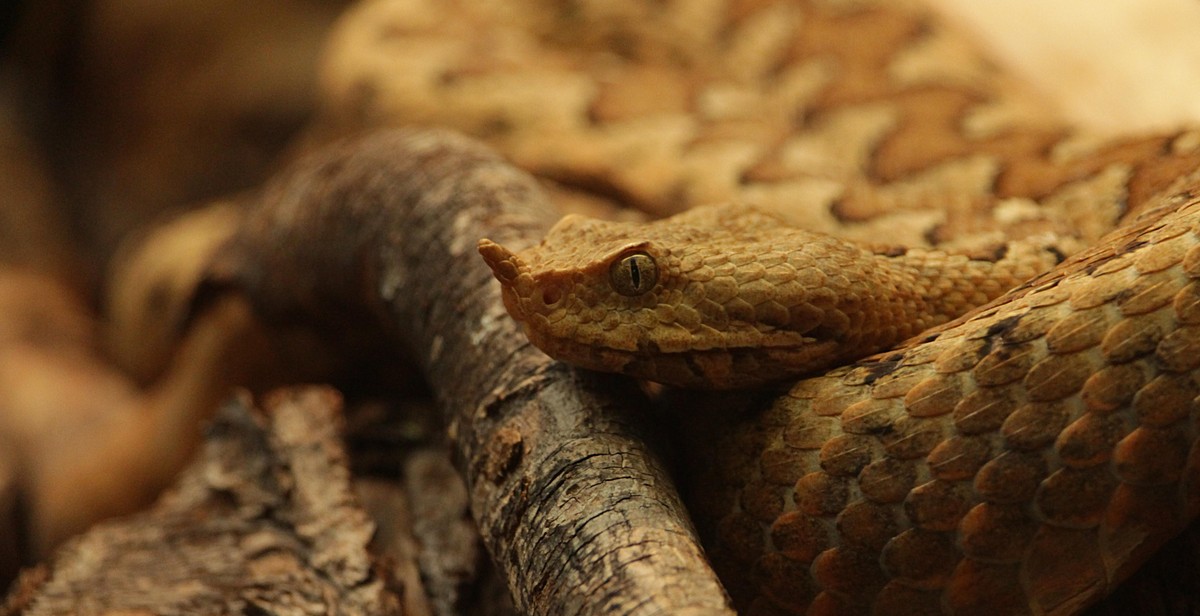How to Set Up a Reptile Terrarium: Basic Care and Housing for Reptilian Pets
Reptiles are fascinating creatures that can make great pets. However, they require specific care and housing to ensure their health and well-being. One of the most important aspects of reptile care is setting up the right type of terrarium. A terrarium is a controlled environment that simulates a reptile’s natural habitat and provides the necessary conditions for it to thrive.
Why is a Terrarium Important for Reptile Care?
A terrarium is important for reptile care because it provides a safe and secure environment for your pet. It also allows you to control the temperature, humidity, lighting, and other environmental factors that are essential for your reptile’s health and well-being. Additionally, a properly designed terrarium can enhance your reptile’s quality of life by providing it with opportunities to climb, hide, and explore.
What Do You Need to Set Up a Reptile Terrarium?
Setting up a reptile terrarium requires careful planning and attention to detail. You will need to consider the type of reptile you have, its size, and its specific needs when selecting the appropriate terrarium size and features. Some of the essential items you will need to set up a reptile terrarium include:
- A suitable enclosure
- Substrate
- Heating and lighting equipment
- Humidity control equipment
- Decorative items
- Food and water dishes
By following the proper steps and guidelines for setting up a reptile terrarium, you can provide your pet with a safe, comfortable, and healthy environment to live in. In this article, we will provide you with a comprehensive guide on how to set up a reptile terrarium and provide basic care and housing for your reptilian pets.

Choosing the Right Terrarium
When it comes to setting up a reptile terrarium, choosing the right one is crucial to ensuring your pet’s comfort and well-being. Here are some factors to consider when selecting a terrarium:
Size and Shape
The size and shape of the terrarium should be appropriate for the size and number of reptiles you plan to house. As a general rule, a larger terrarium is always better, as it provides more space for your pet to move around and explore. Depending on the species of reptile, they may require a certain amount of vertical space as well as horizontal. Be sure to research the specific needs of your pet before selecting a terrarium.
Material
Terrariums can be made from a variety of materials, including glass, acrylic, and PVC. Glass is a popular choice due to its transparency and durability, but it can be heavy and difficult to move. Acrylic is lighter and more shatter-resistant than glass, but it can scratch easily. PVC is a lightweight and affordable option, but it may not be as visually appealing as glass or acrylic.
Accessories
When selecting a terrarium, consider any accessories you may need to add to create a comfortable environment for your pet. This may include a heating pad, lighting fixtures, and substrate for the bottom of the terrarium. Some terrariums may come with built-in features such as ventilation systems or feeding doors, which can be convenient but may also increase the overall cost.
| Material | Pros | Cons |
|---|---|---|
| Glass | Durable, transparent | Heavy, difficult to move |
| Acrylic | Lightweight, shatter-resistant | Scratches easily |
| PVC | Lightweight, affordable | May not be visually appealing |
- Consider the size and shape of the terrarium in relation to your pet’s needs
- Choose a material that best suits your needs and budget
- Think about any accessories you may need to create a comfortable environment

Setting Up the Terrarium
Setting up a terrarium for your reptilian pet can be a fun and rewarding experience. However, it is important to ensure that you create an environment that is both safe and comfortable for your pet. Here are some key factors to consider when setting up your reptile terrarium:
Substrate
Substrate is the material that lines the bottom of the terrarium. It is important to choose a substrate that is appropriate for your pet’s species and needs. For example, some reptiles require a substrate that allows for burrowing, while others need a substrate that is easy to clean. Some common types of substrate include coconut fiber, sand, and reptile carpet.
Heating and Lighting
Reptiles require specific temperatures and lighting in order to thrive. It is important to research your pet’s species and determine the appropriate temperature range and lighting requirements. This may involve purchasing a heat lamp, UVB light, or other specialized equipment. Make sure to also provide a temperature gradient within the terrarium, so that your pet can move to different areas to regulate its body temperature.
Humidity and Temperature
Humidity and temperature are also important factors to consider when setting up your reptile terrarium. Again, it is important to research your pet’s species and determine the appropriate levels of humidity and temperature. This may involve misting the terrarium regularly, using a humidifier, or placing a water dish in the terrarium. Make sure to monitor the humidity and temperature levels regularly to ensure that they remain within the appropriate range.
Decorations
Decorations can not only make your terrarium look more attractive, but also provide enrichment for your pet. Some common decorations include rocks, branches, and hiding places. Make sure to choose decorations that are safe for your pet and do not pose a risk of injury.
By taking the time to properly set up your reptile terrarium, you can create a safe and comfortable environment for your pet to live in.

Adding Reptiles to the Terrarium
When adding new reptiles to your terrarium, it is important to follow a few basic steps to ensure the health and safety of both your existing pets and the new arrivals.
Quarantine
The first step is to quarantine any new reptiles for a minimum of 30 days before introducing them to your existing pets. This is important because new reptiles may carry diseases or parasites that can be easily spread to other animals in the terrarium. Quarantining allows you to monitor the new arrivals for any signs of illness or disease before they come into contact with your existing pets.
During the quarantine period, the new reptiles should be kept in a separate enclosure that is completely isolated from your existing pets. This means using separate equipment and tools, and avoiding any contact between the two groups of animals.
Introducing New Reptiles
Once the quarantine period is over and the new reptiles are deemed healthy, you can begin the process of introducing them to your existing pets. This should be done gradually to avoid any territorial disputes or aggressive behavior.
The best way to introduce new reptiles is to place them in a separate enclosure within the terrarium. This allows your existing pets to see and smell the new arrivals without coming into direct contact with them. After a few days, you can begin to allow the animals to interact under close supervision.
It is important to monitor the behavior of all the animals during the introduction process. Signs of aggression or stress, such as hissing, biting, or puffing up, should be taken seriously and addressed immediately.
When introducing new reptiles, it is also important to ensure that there is enough space and resources for all the animals in the terrarium. This includes providing adequate hiding places, basking spots, and food and water sources.
Conclusion
By following these basic steps, you can safely and successfully add new reptiles to your terrarium. Remember to always prioritize the health and safety of your pets, and to seek the advice of a veterinarian or experienced reptile keeper if you have any concerns.

Maintenance and Care
Proper maintenance and care are essential for the health and well-being of your reptilian pet. Here are some basic guidelines for feeding, cleaning, and maintaining your reptile’s health and wellness.
Feeding
Reptiles have unique dietary needs, and it’s important to provide them with a balanced and nutritious diet. Research your specific species to determine their dietary requirements, and provide them with a variety of foods such as insects, fruits, and vegetables. Avoid feeding them live prey that is too large, as this can cause digestive issues and even injury.
Cleaning
Regular cleaning of your reptile’s terrarium is crucial for maintaining their health and preventing the spread of disease. Remove any uneaten food, feces, or shed skin on a daily basis, and perform a deep clean of the terrarium every 2-4 weeks. Use a reptile-safe disinfectant to sanitize all surfaces, including decorations and substrate.
Health and Wellness
Regular check-ups with a reptile veterinarian are essential for maintaining your pet’s health and wellness. Signs of illness in reptiles can be subtle, so it’s important to be vigilant and look out for any changes in behavior or appearance. Provide your pet with a proper temperature gradient and humidity level, as this can greatly affect their overall health.
| Signs of illness in reptiles: | Proper temperature gradient: | Proper humidity level: |
|---|---|---|
|
|
|
By following these basic guidelines for feeding, cleaning, and maintaining your reptile’s health and wellness, you can ensure that your pet thrives in their terrarium environment.
